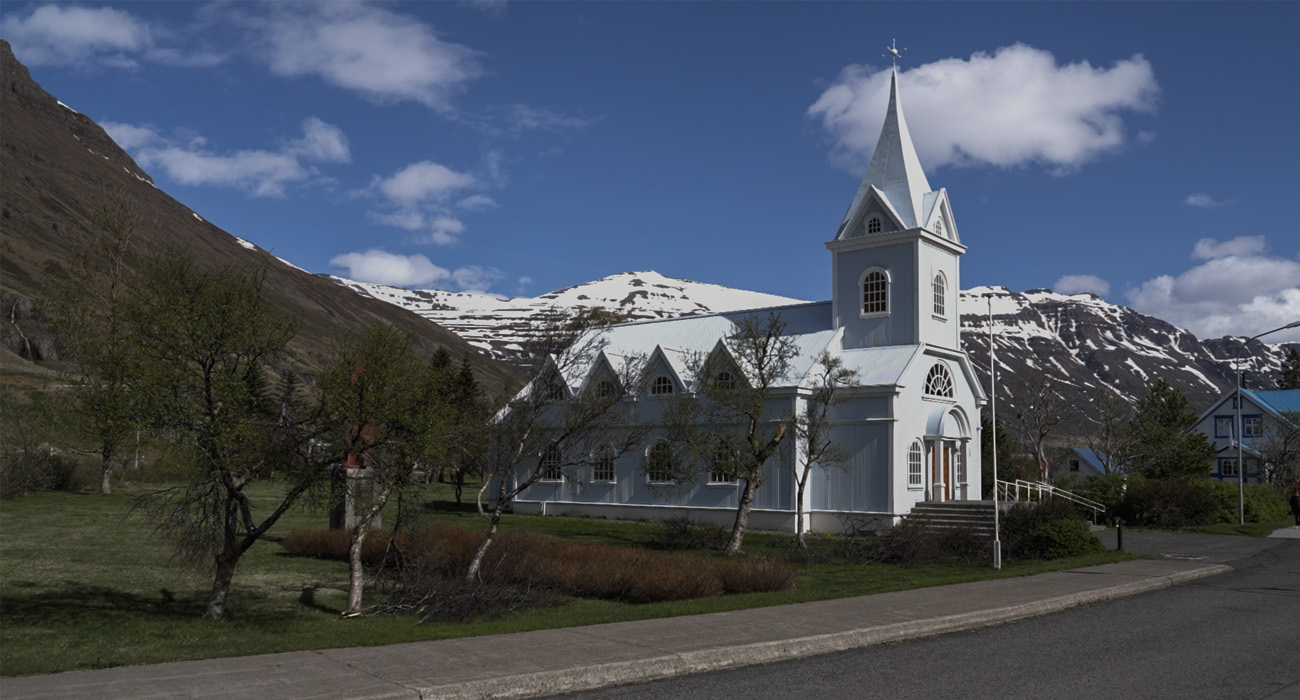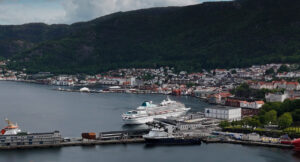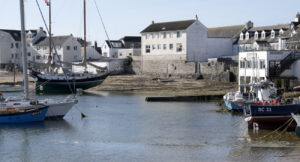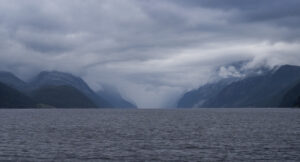Travel Photography Gear for Every Destination
When it comes to travel photography, the gear you pack can make all the difference between capturing the shot of a lifetime or missing the moment altogether. Whether you’re shooting sunrises over mountain peaks, vibrant street scenes in bustling cities, or serene coastal landscapes, having the right tools in your camera bag ensures you’re always ready.
After years of photographing around the world—from remote villages to iconic landmarks—I’ve refined my gear setup to balance performance, portability, and versatility. In this post, I’ll take you through exactly what’s in my camera bag, why I carry it, and how each piece helps me tell better stories through photography.
📸 My Essential Travel Photography Gear
1. Camera Body: Full-Frame Mirrorless
I use a Sony A7 IV (or choose your own model here) for its lightweight build, incredible image quality, and versatility. Full-frame mirrorless cameras offer excellent low-light performance and dynamic range—ideal for everything from golden hour landscapes to night markets.
Pro Tip: Go mirrorless for travel. It’s lighter, quieter, and easier to pack.
2. Lenses: Versatility is Key
- 24–70mm f/2.8 – My all-around workhorse. Great for landscapes, street photography, and portraits.
- 16–35mm f/4 – Ideal for wide-angle landscapes, architecture, and interiors.
- 50mm f/1.8 – Lightweight prime lens for low-light scenes and creative bokeh.
I typically bring two lenses per trip: one zoom and one prime to save space and weight.
3. Drone: Aerial Perspectives
A DJI Mini 4 Pro is my go-to for stunning aerials without weighing down my pack. It’s lightweight, travel-friendly, and captures 4K video and high-res stills.
Check local drone regulations before flying in new countries.
4. Tripod: Lightweight & Compact
A carbon fiber travel tripod like the Peak Design or Manfrotto BeFree is essential for:
- Long exposure shots
- Time-lapses
- Stable video footage
Choose one with a ball head and quick-release plate for ease of use on the go.
5. Filters: Creative & Practical
- Circular Polarizer – Cuts reflections and enhances skies.
- ND Filter – Allows for long exposures in daylight.
- UV Filter – Adds an extra layer of lens protection.
Filters are particularly useful in bright, reflective environments like beaches or snow-covered landscapes.
6. Editing & Storage
- Lightweight Laptop or Tablet – For editing on the road (I use Adobe Lightroom and Photoshop).
- Portable SSD (1–2TB) – Reliable backups are non-negotiable.
- SD Card Case – Keeps my memory cards organized and protected.
Always back up your images in two places: external drive + cloud storage.
7. Accessories
- Extra batteries & charger (2–3 spares minimum)
- Microfiber lens cloths and blower brush
- Remote shutter or intervalometer
- Camera rain cover or plastic zip bags
- Universal power adapter
The Camera Bag Itself
I carry a weather-resistant, modular camera backpack (like the Wandrd PRVKE or Lowepro ProTactic). These bags offer:
- Padded compartments
- Easy side access
- Laptop sleeves
- Hidden pockets for passports and valuables
For short day trips, I use a camera sling or crossbody bag to stay light and mobile.
Final Thoughts: Packing Smart for Every Destination
Your gear should match your shooting style, destination, and travel goals. A minimalist setup may work best for fast-paced city travel, while remote landscape shoots might require a more robust kit. Regardless of where you’re headed, the key is to pack intentionally—prioritizing quality, versatility, and protection.
At the end of the day, the best gear is the one that helps you focus less on fiddling with settings and more on capturing moments that matter.
What’s your must-have camera gear for travel? Drop your favorites in the comments—I’d love to hear what’s in your bag!




